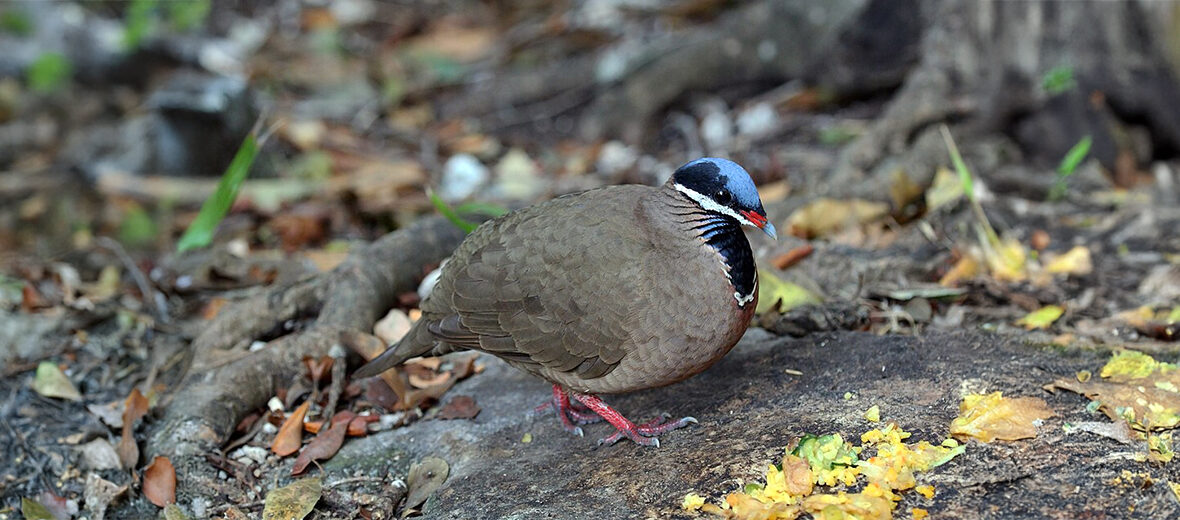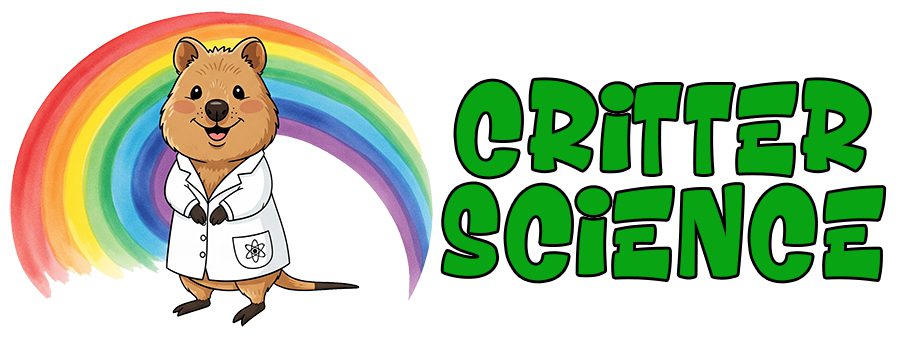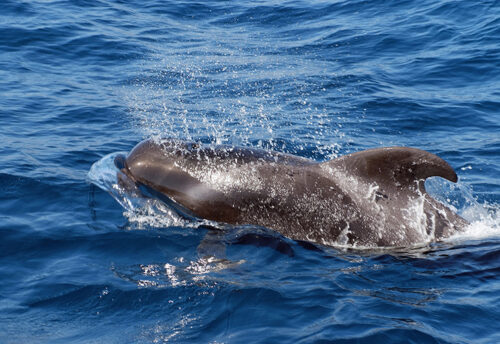
The blue-headed quail-dove, aka blue-headed partridge-dove, hail from the pigeon and dove family and are endemic to island of Cuba. These birds face the threats of habitat loss and destruction at the hands of the logging industry; hunting; trapping; invasive species, via feral cats preying on both adults & chicks; and climate change, which can result in storms and flooding. As a result, the IUCN lists these birds as Endangered. Their populations are also decreasing.
First the Stats…
Scientific name: Starnoenas cyanocephala
Weight: Up to 7.94 ounces
Length: Up to 13 inches
Wingspan: Up to 13 inches
Lifespan: Up to 15 years
Now on to the Facts!
1.) As of 2020, there were only an estimated 1,700 wild individuals remaining.
2.) These birds were first discovered by the English naturalist Eleazar Albin in 1734 and documented in his A Natural History of Birds.
3.) Their specific epithet joins the Ancient Greek kuanos, which translates to “dark blue” and -kephalos, which is translated to “-headed”.
4.) This species is monotypic (no subspecies are accepted).
5.) They prefer to dwell on the forest floor of swamps and forest habitats.
But wait, there’s more on the blue-headed quail-dove!
6.) Berries, seeds, and snails are all feasted upon.
7.) While typically found in pairs, small flocks of up to 18 individuals have been recorded.
Did you know…?
The only known highland population is currently protected in La Güira National Park.
8.) Breeding takes place between April – June.
9.) Females lay up to 2 white eggs that hatch in up to 17 days.
10.) They are protected under national law, although this law is not enforced and hunting, sadly, continues.
Now a Short Blue-Headed Quail-Dove Video!
Be sure to share & comment below! Also, check out the Critter Science YouTube channel. Videos added regularly!
Want to suggest a critter for me to write about? Let me know here.
Some source material acquired from: Wikipedia & IUCN
Photo credit: Charles J. Sharp




